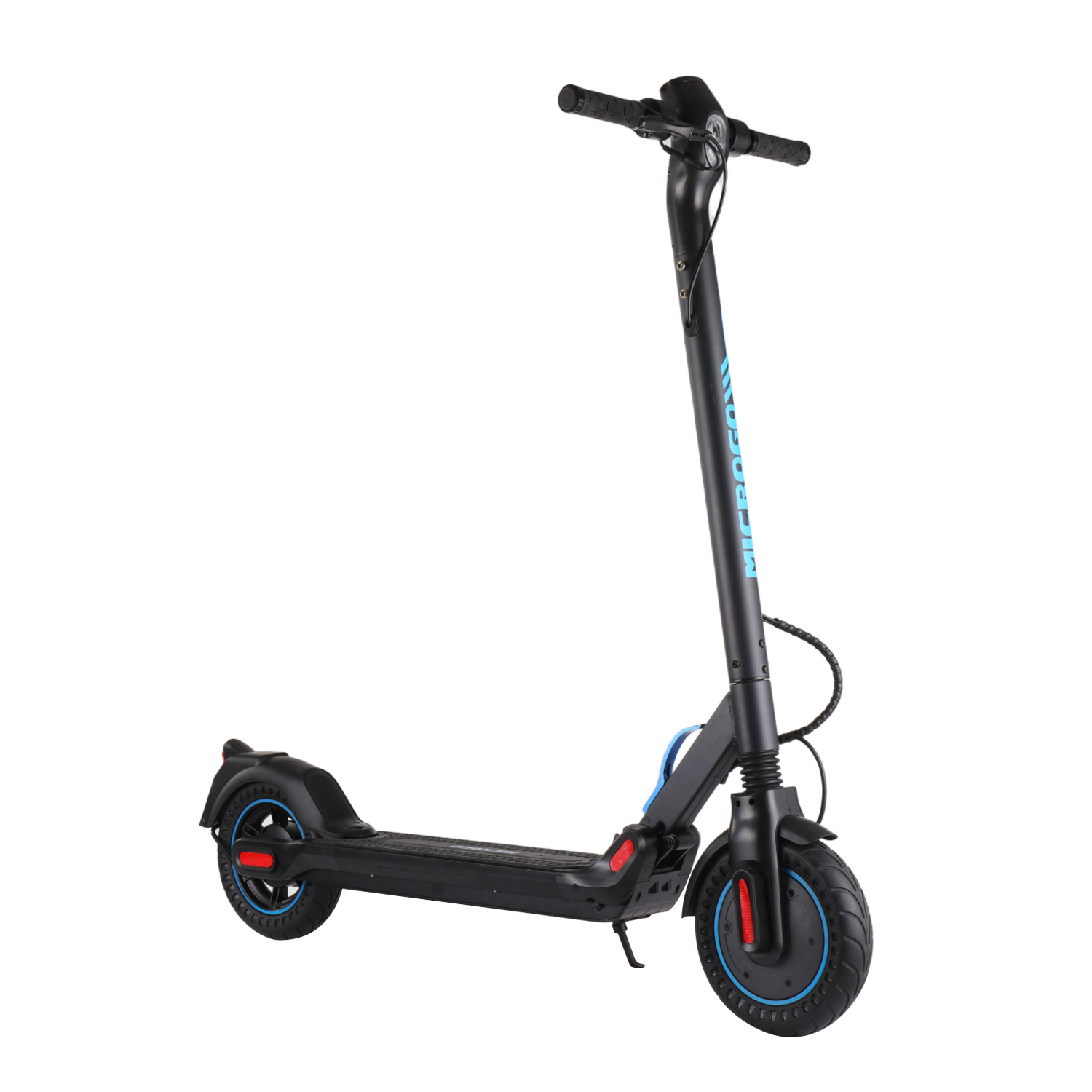Electric scooters have become increasingly popular in recent years, offering a convenient and eco-friendly mode of transportation in urban areas. However, with their rise in popularity comes the need for regulations and a legal framework to ensure the safety of riders and pedestrians alike.

The Importance of Regulations
Examining the regulations and legal framework surrounding electric scooter use is crucial for several reasons. Firstly, it helps establish guidelines for riders, ensuring they are aware of their rights and responsibilities while using electric scooters. Secondly, regulations help address safety concerns and minimize the risk of accidents and injuries. Lastly, a well-defined legal framework allows authorities to enforce penalties for violations, promoting responsible scooter use.
Current Regulations and Challenges
Examining the current regulations and legal framework surrounding electric scooter use reveals a diverse landscape across different countries and cities. Some regions have embraced electric scooters, implementing comprehensive regulations that cover aspects such as speed limits, designated parking areas, and rider age restrictions. For example, cities like Paris and Barcelona have successfully integrated electric scooters into their transportation systems, with clear rules in place.
However, other areas are still grappling with the challenges of regulating electric scooters. One of the main challenges is determining where electric scooters should be allowed to operate. Should they be limited to bike lanes, or can they be used on sidewalks? Striking a balance between the convenience of electric scooters and the safety of pedestrians is a complex task that requires careful consideration.
Proposed Solutions
Examining the regulations and legal framework surrounding electric scooter use reveals several proposed solutions to address the challenges mentioned above. One solution is the creation of dedicated scooter lanes, separate from both vehicle and pedestrian traffic. This would provide a safe space for scooter riders while minimizing conflicts with other road users.
Another proposed solution is the implementation of geofencing technology. Geofencing allows authorities to define specific areas where electric scooters are allowed or prohibited. By using GPS technology, scooters can be automatically slowed down or disabled in restricted areas, such as crowded pedestrian zones or parks.
International Collaboration
Examining the regulations and legal framework surrounding electric scooter use also highlights the importance of international collaboration. As electric scooters become a global phenomenon, it is essential for countries to share best practices and learn from each other's experiences. International collaboration can lead to the development of standardized regulations that ensure consistency and safety across borders.
In conclusion, examining the regulations and legal framework surrounding electric scooter use is crucial for the safe and responsible integration of these vehicles into our cities. By establishing clear guidelines, addressing challenges, and promoting international collaboration, we can create an environment where electric scooters can thrive while ensuring the safety and well-being of all road users.








